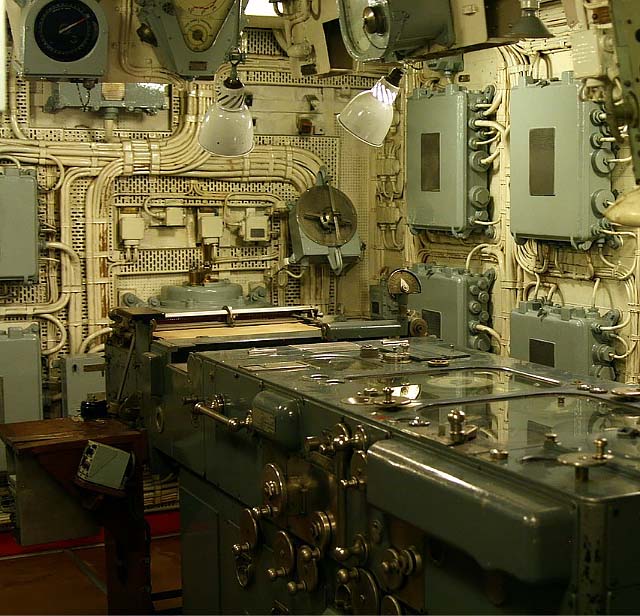HMS Belfast
HMS Belfast is a Royal Navy cruiser that was launched in 1938 and served in World War II and the Cold War. She is now a museum ship, permanently moored in London on the River Thames.
The HMS Belfast is the only surviving example of the Town-class cruisers that were built for the Royal Navy in the 1930s. She was built by Harland & Wolff, the same shipyard that built the RMS Titanic, and shares some similarities in design.
Upon entering the ship, you will be struck by its size and scale. At over 11,000 tons, HMS Belfast is a massive vessel. As you walk around, you will notice the ship's impressive armaments, including nine 6-inch guns and twelve smaller guns, as well as many anti-aircraft guns. These were all in use during World War II and played a key role in the Battle of North Cape, where the ship helped sink the German battleship Scharnhorst.
As you explore the ship, you will also get a sense of the conditions that the sailors would have had to endure. The living quarters are cramped and basic, and you can imagine the discomfort of being at sea for long periods in such conditions. However, it's also worth noting that the ship was state-of-the-art for its time, with amenities such as a cinema, a library and even a dentist's surgery.
One of the most interesting aspects of HMS Belfast is the role it played during the Cold War. After World War II, the ship was refitted and modernised to serve as a guard ship during the Cold War. It was involved in the Korean War, and also served as a flagship for the British Pacific Fleet. It also played a key role in the Suez Crisis in 1956 and it was decommissioned in 1963.
After being decommissioned, the ship was saved from scrapping and was converted into a museum ship in 1971. The ship is now run by the Imperial War Museum and is open to the public. It's a great opportunity to step back in time and imagine what it was like to be a sailor of this ship.
HMS Belfast is an important piece of British naval history. It is a living reminder of the sacrifices made by the men and women who served on her and the events in which she played a role. It's also a fascinating glimpse into naval technology and design of the time, and the conditions that sailors would have had to endure.

